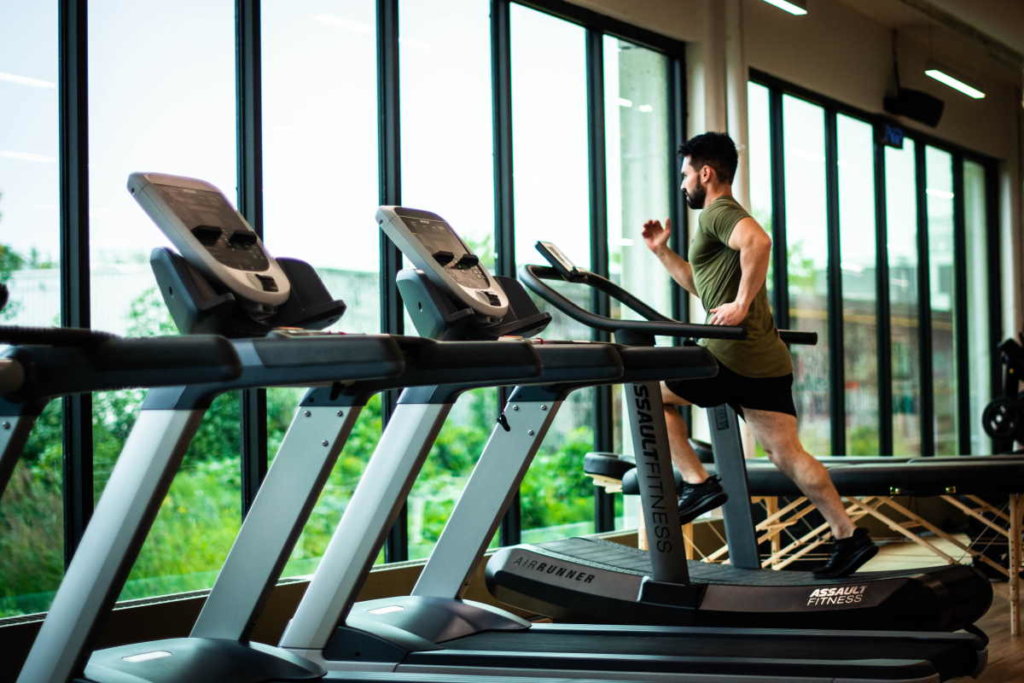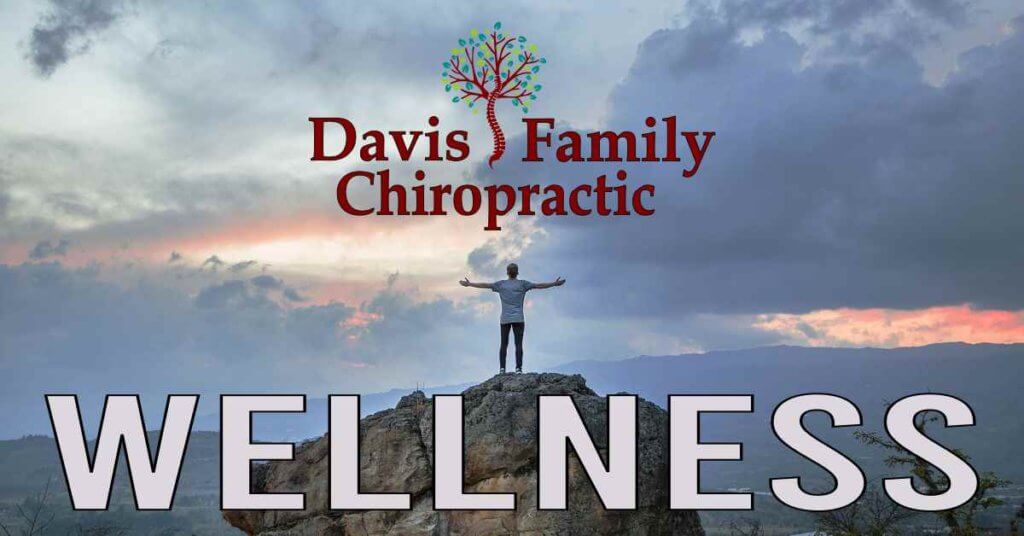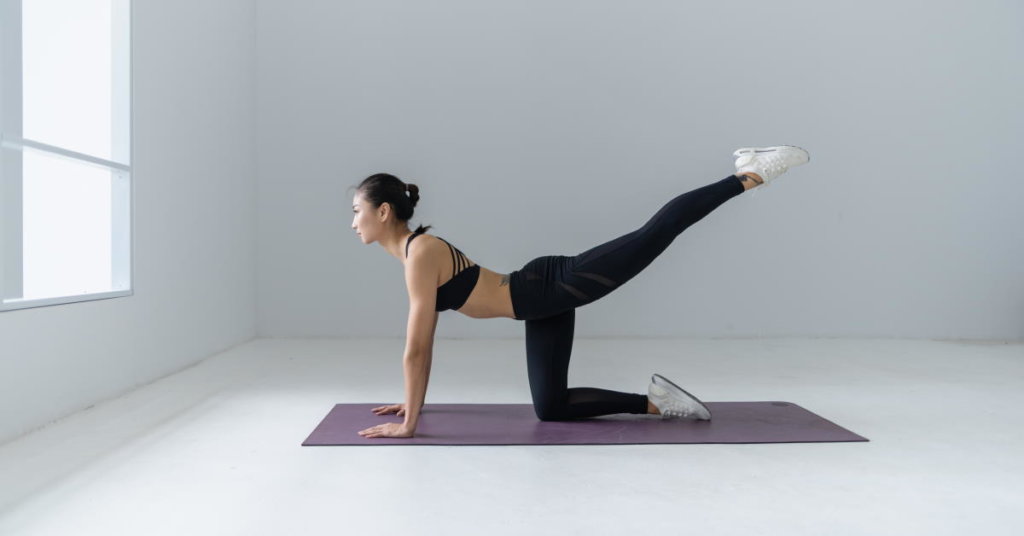Being physically active throughout the stages of our lives always seems to become increasingly harder to do as we age, but it is essential to keeping our heart strong and continuing to live a healthy life. Many of us work jobs that require us to sit at a desk for long periods throughout the day, or tend to place a lower priority on our own health needs and good practices. Young or old, we all need to get out there and give our heart muscles a workout from time to time.
If you are struggling with pain or obesity, this challenge becomes so much greater. Please let us help you get out of pain and show you the steps to becoming who you want to be. Davis Family Chiropractic offers chiropractic, massage, nutrition and acupuncture to alleviate symptoms of the most common types of pain. We work hard every day to help people make a difference in their lives and help kick-start their minds into taking a proactive approach to their health. We also have a doctor-developed, all natural weight loss plan where we work closely with you each week until your weight goals are achieved!
American Heart Association Recommendations for Physical Activity in Adults and Kids
Recommendations for Adults
- Get at least 150 minutes per week of moderate-intensity aerobic activity or 75 minutes per week of vigorous aerobic activity, or a combination of both, preferably spread throughout the week.
- Add moderate- to high-intensity muscle-strengthening activity (such as resistance or weights) on at least 2 days per week.
- Spend less time sitting. Even light-intensity activity can offset some of the risks of being sedentary.
- Gain even more benefits by being active at least 300 minutes (5 hours) per week.
- Increase amount and intensity gradually over time.
Recommendations for Kids
- Children 3-5 years old should be physically active and have plenty of opportunities to move throughout the day.
- Kids 6-17 years old should get at least 60 minutes per day of moderate- to vigorous-intensity physical activity, mostly aerobic.
- Include vigorous-intensity activity on at least 3 days per week.
- Include muscle- and bone-strengthening (weight-bearing) activities on at least 3 days per week.
- Increase amount and intensity gradually over time.
Don’t worry if you can’t reach 150 minutes per week just yet. Everyone has to start somewhere. Even if you’ve been sedentary for years, today is the day you can begin to make healthy changes in your life. Set a reachable goal for today. You can work up toward the recommended amount by increasing your time as you get stronger. Don’t let all-or-nothing thinking keep you from doing what you can every day.
The simplest way to get moving and improve your health is to start walking. It’s free, easy and can be done just about anywhere, even in place.
Any amount of movement is better than none. And you can break it up into short bouts of activity throughout the day. Taking a brisk walk for five or ten minutes a few times a day will add up.
Benefits of a Cardiovascular Workout
Scientists have proven that leading a sedentary life increases the risk of heart disease, type 2 diabetes, colon and lung cancers, and early death.
Being and staying active helps us live longer, happier lives.
Here are some of the benefits of staying active:
- Lower risk of heart disease, stroke, type 2 diabetes, high blood pressure, dementia and Alzheimer’s, several types of cancer, and some complications of pregnancy
- Better sleep, including improvements in insomnia and obstructive sleep apnea
- Improved cognition, including memory, attention and processing speed
- Less weight gain, obesity and related chronic health conditions
- Better bone health and balance, with less risk of injury from falls
- Fewer symptoms of depression and anxiety
- Better quality of life and sense of overall well-being
Stretching Exercises

It is true that simple stretching exercises don’t do much to benefit our heart health, but stretching is still one of the most important parts of ANY workout routine. Stretching before and after a workout keeps your body limber, benefits your musculoskeletal health, reduces chances of joint pain, injury, cramping and other muscular issues which could inhibit your workout.
You should stretch every day, even if you are not planning on exercising. Below are some great videos on simple stretches you can do every day.
Aerobic Exercises
We do aerobic exercises to increase blood flow and ultimately lower our heart rate which helps us improve how well our heart pumps. These types of exercises reduce the risk of type 2 diabetes and, if you are already diabetic, helps you control your blood glucose.
The ideal goal of aerobic exercising should be for 30 minutes a day and for five days out of the week. This is not always easy to accomplish. If you don’t budget it into your daily or weekly routine, it can be easy to forget.
When just getting started, one helpful way to remember to exercise and keep yourself honest is to create a workout calendar or journal. This can be as simple as a calendar you cross off each day you reach your exercise goals, or a small journal you use to log your activities each day. This gives you a visual as to how you are progressing and can help you create and modify health goals as you move forward.

Aerobic Examples:
The best part about aerobic exercise is that is can be as simple as things we do everyday! Great examples of how to get out and get moving include:
- Brisk walking
- Running
- Swimming
- Cycling
- Jumping rope
- Playing a sport

There is no real wrong way to get an aerobic exercise as long as you are moving and achieving an elevated heart rate over a period of time. Heart-pumping aerobic exercise is the kind that doctors have in mind when they recommend at least 150 minutes per week of moderate activity.
Muscle Strengthening
Sometimes called resistance training or strength work, exercise which build up and tone your muscles are highly beneficial to your health. For people who are overweight or at risk of heart disease, muscle strengthening helps reduce fat and create leaner muscle mass.
Research shows that a combination of aerobic exercise and resistance work may help raise HDL (good) cholesterol and lower LDL (bad) cholesterol.

According to the American College of Sports Medicine, a good rule of thumb to follow is doing at least two nonconsecutive days per week of resistance training.
Examples of Muscle Straightening
- Working out with free weights (such as hand weights, dumbbells or barbells)
- Using weight machines
- Working with resistance bands
- Through body-resistance exercises, such as push-ups, squats and chin-ups.
Now that you know why and how to boost your heart health, let’s get out there and put it into practice! If you are in pain now, or dealing with chronic pain which is keeping you from living life to it’s full potential, please schedule a check up with us today!



